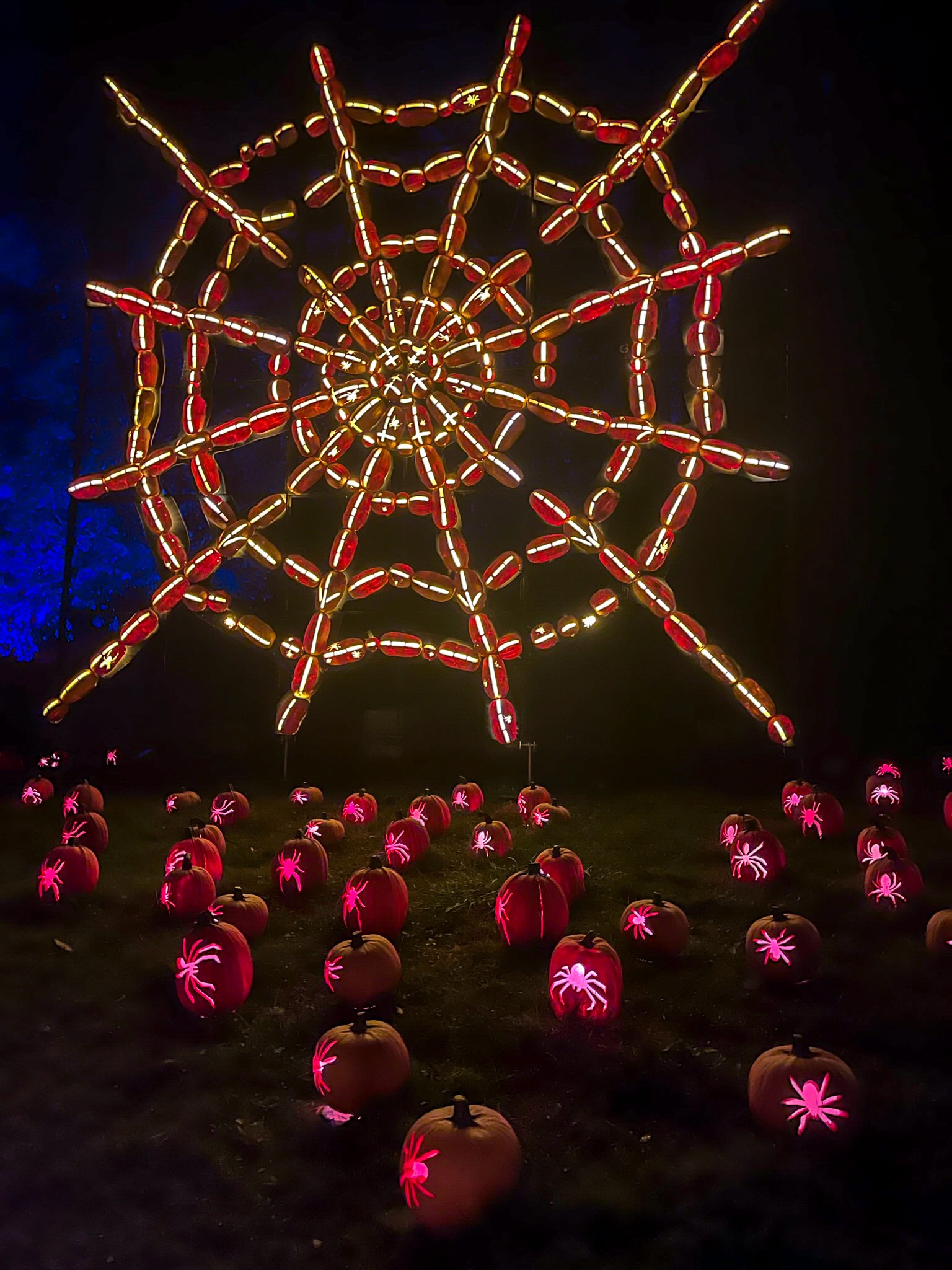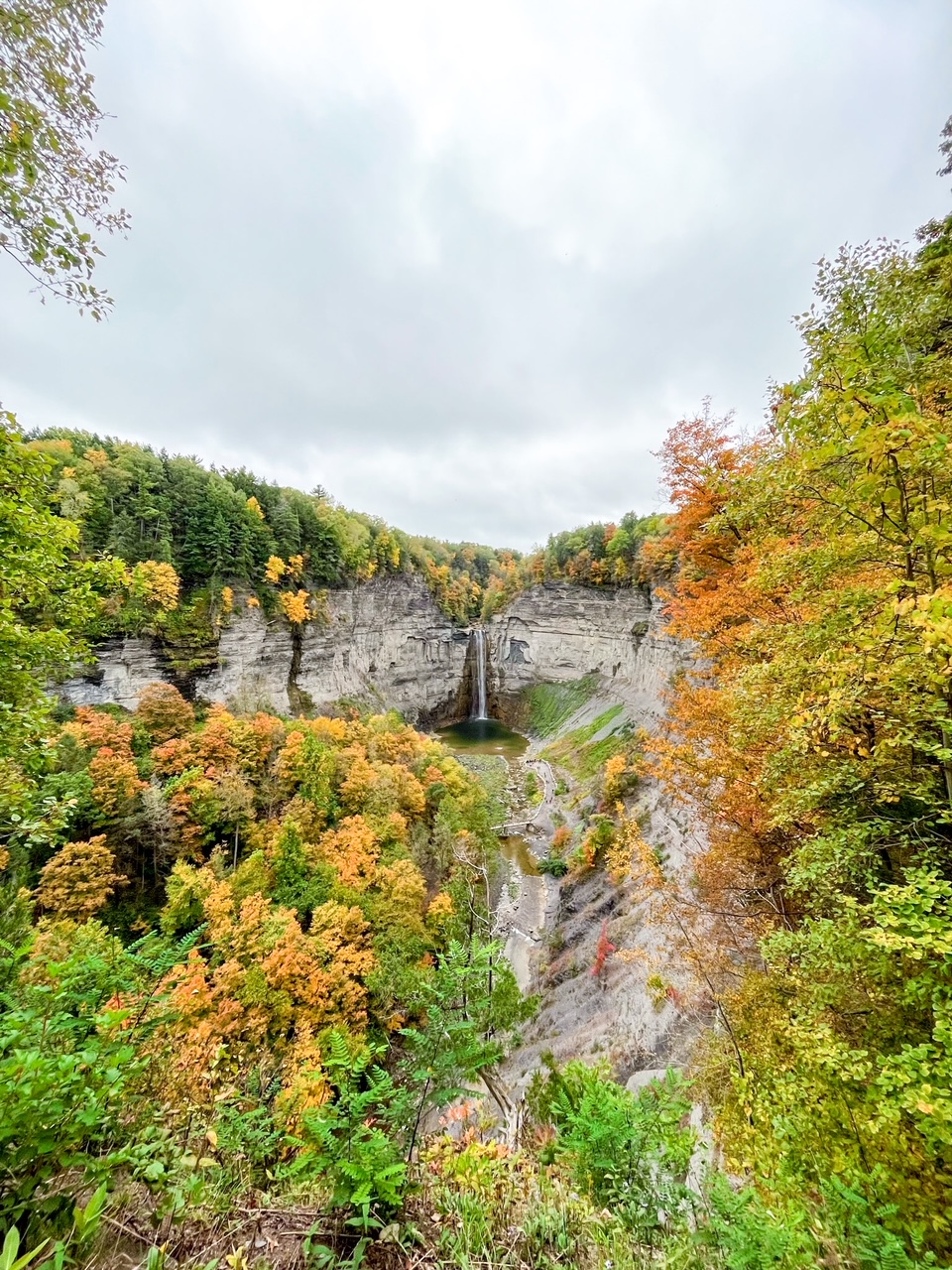Rochester, NY is a city in Western New York that is well known for its lilacs. The spring season is one of the best times to visit Rochester because the lilacs are in full bloom. In addition to the lilacs, the city is also home to several historical treasures. If you are visiting Rochester, here are three sites to check out to have a perfect spring morning in Rochester!
Stroll Through Highland Park



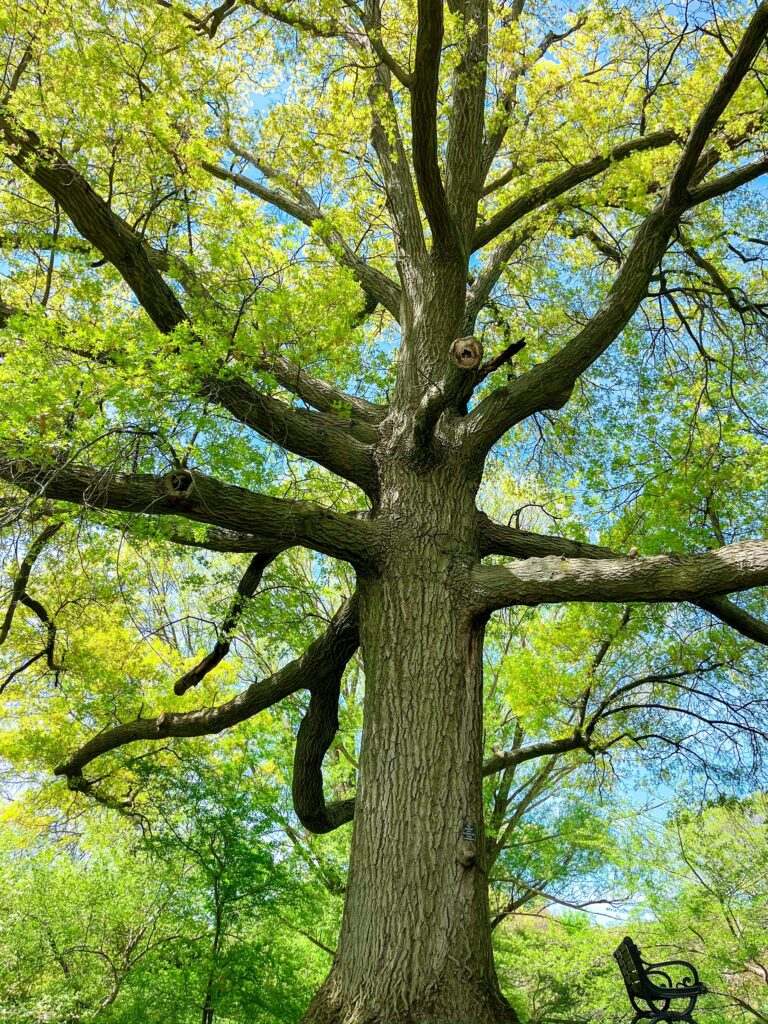

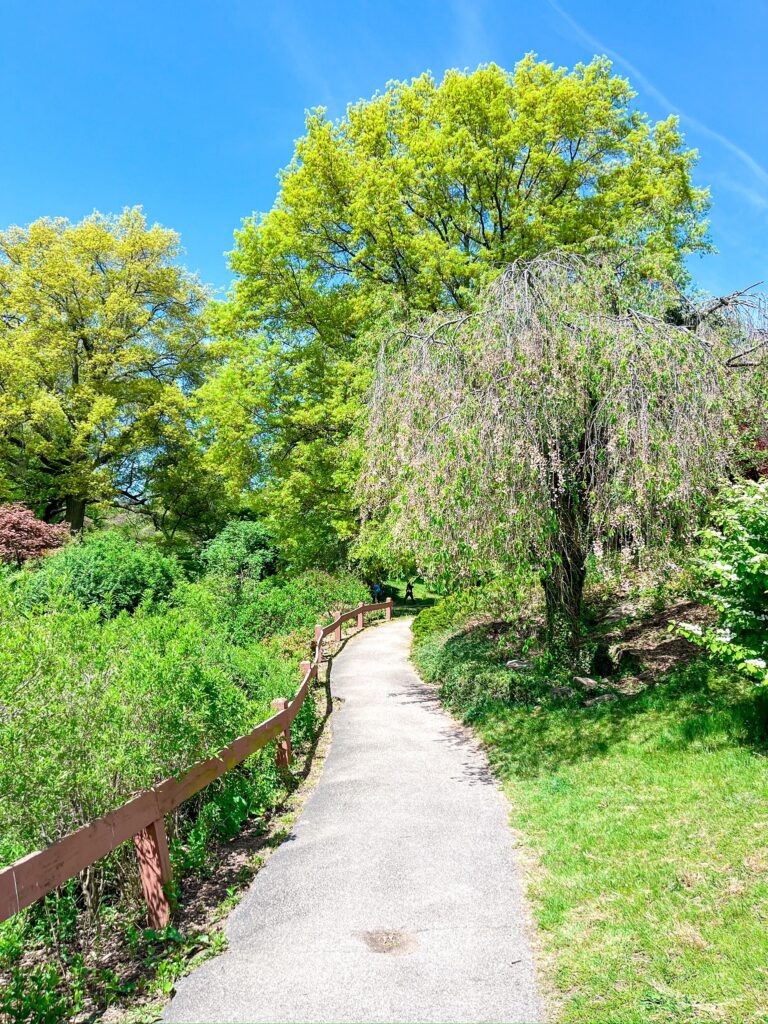
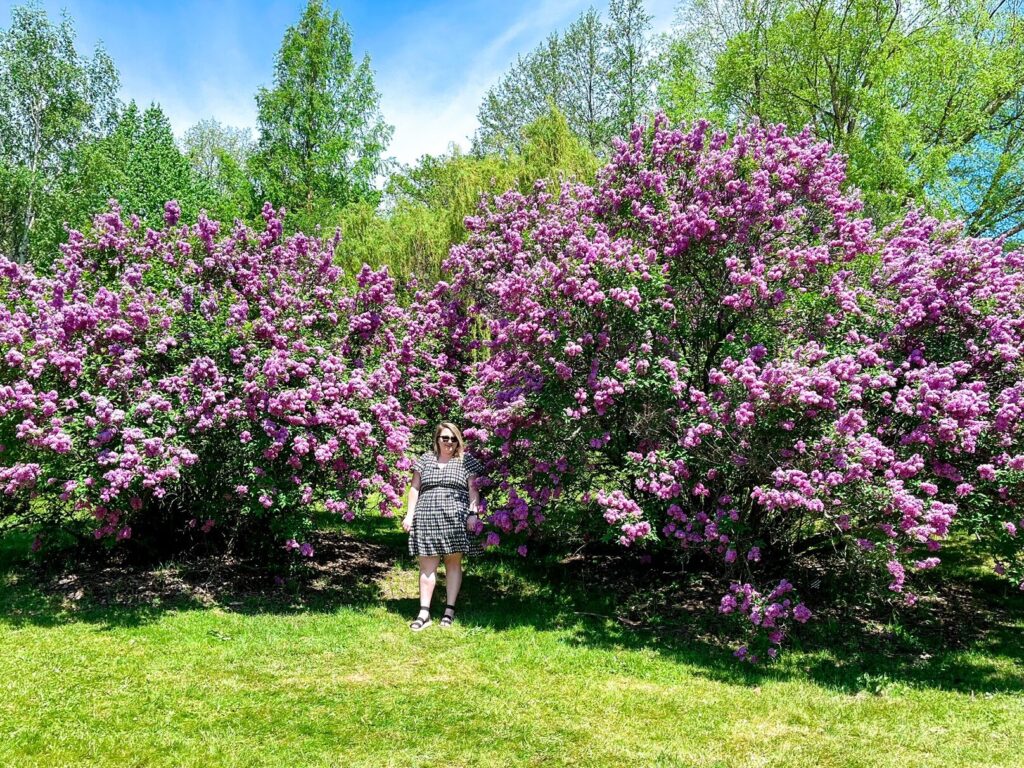
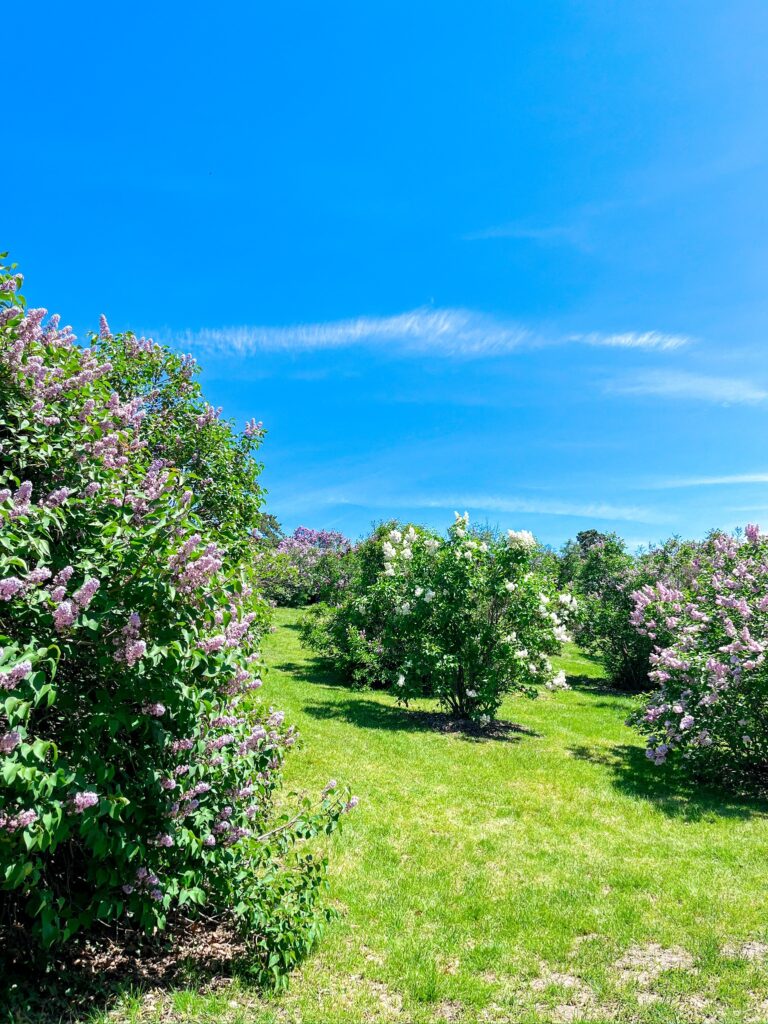
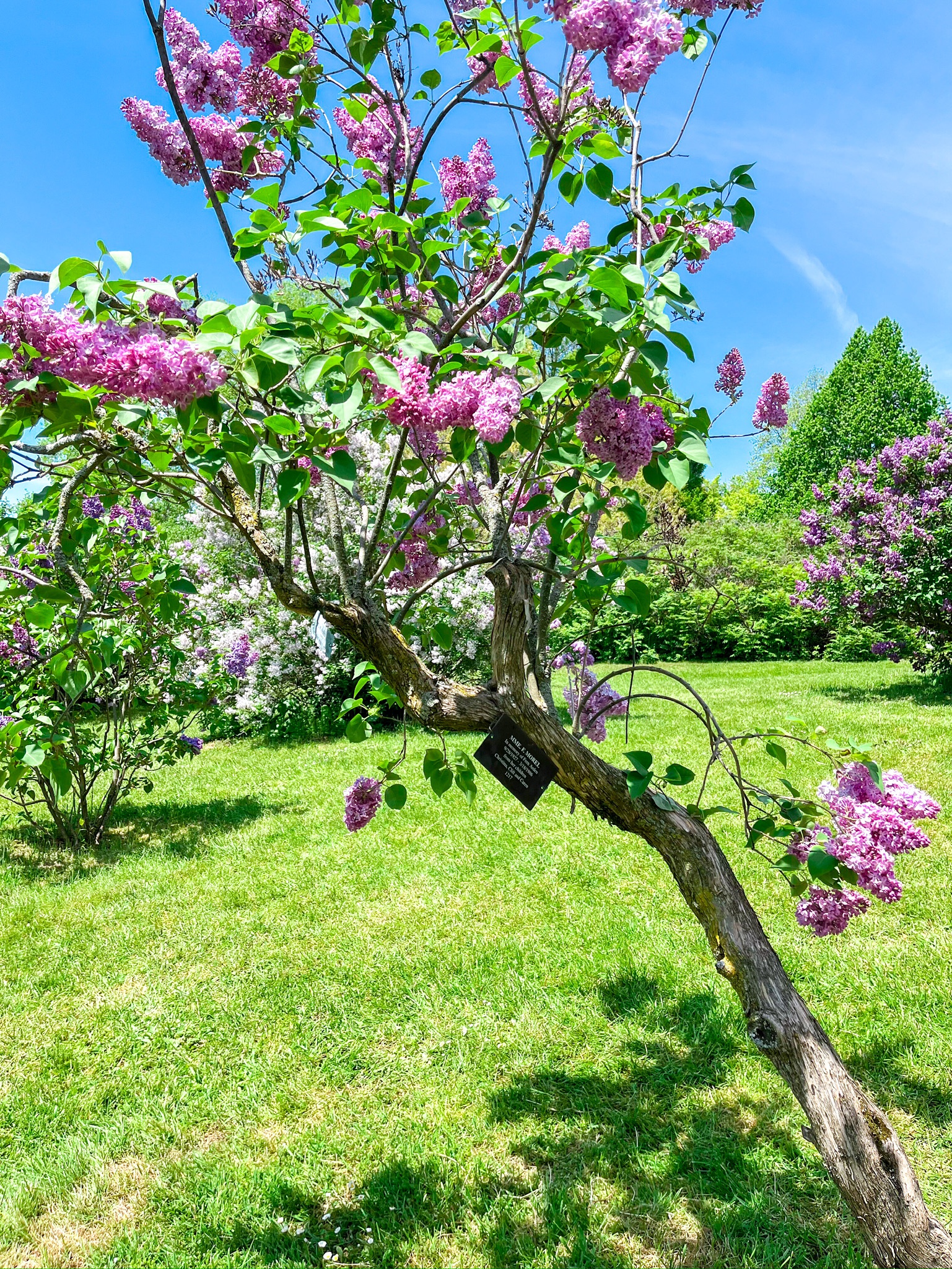
The first stop is Highland Park. Frederick Law Olmstead, who is famous for designing NYC’s Central Park, designed this beautiful park. The distinguishing feature of Highland Park is its lilac collection. The best time to visit Highland Park is when the lilacs are in bloom between April and June. The lilacs are so impressive that there is a festival every year in honor of the blooming shrubs. In total, Highland Park has approximately 1200 lilac shrubs with more than 500 different varieties!
Apart from the lilacs, the park also features multiple gardens, walking paths, bridges and a greenhouse. The landscape of Highland Park consists of many hills and valleys formed by glacial movements thousands of years ago and the park’s design complements this landscape. Highland Park is a great place to see some beautiful flowers, have a picnic or take a stroll. It is free to visit and is open to all year round.
Visit the Graves of Some of Rochester’s Famous Residents
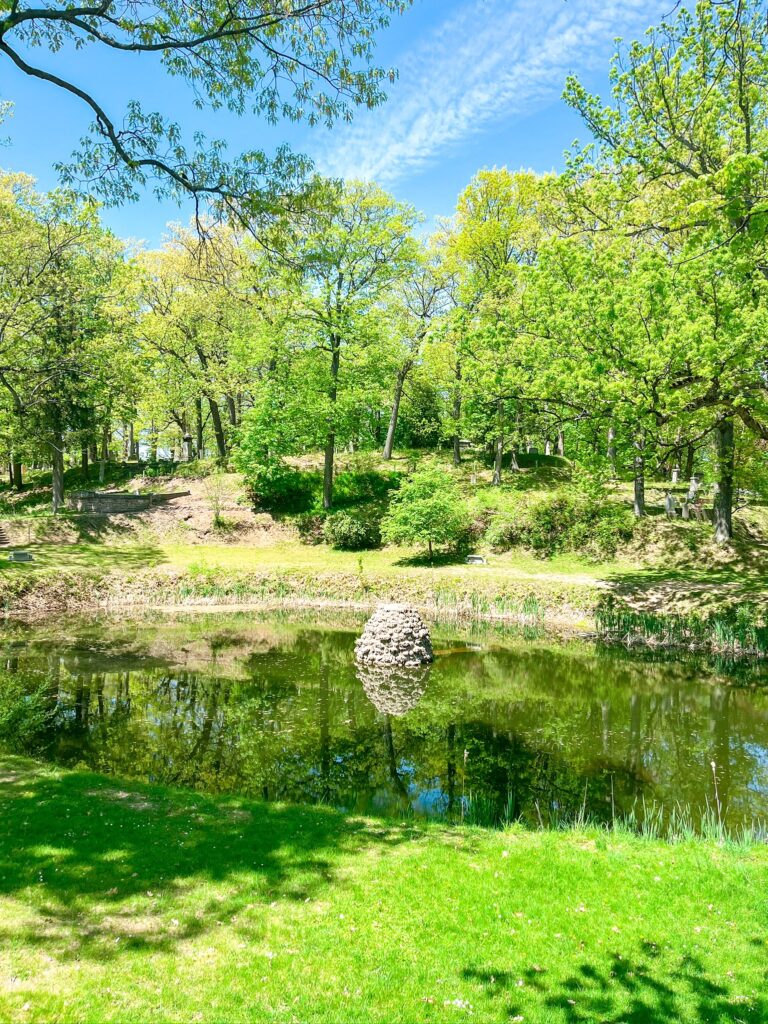
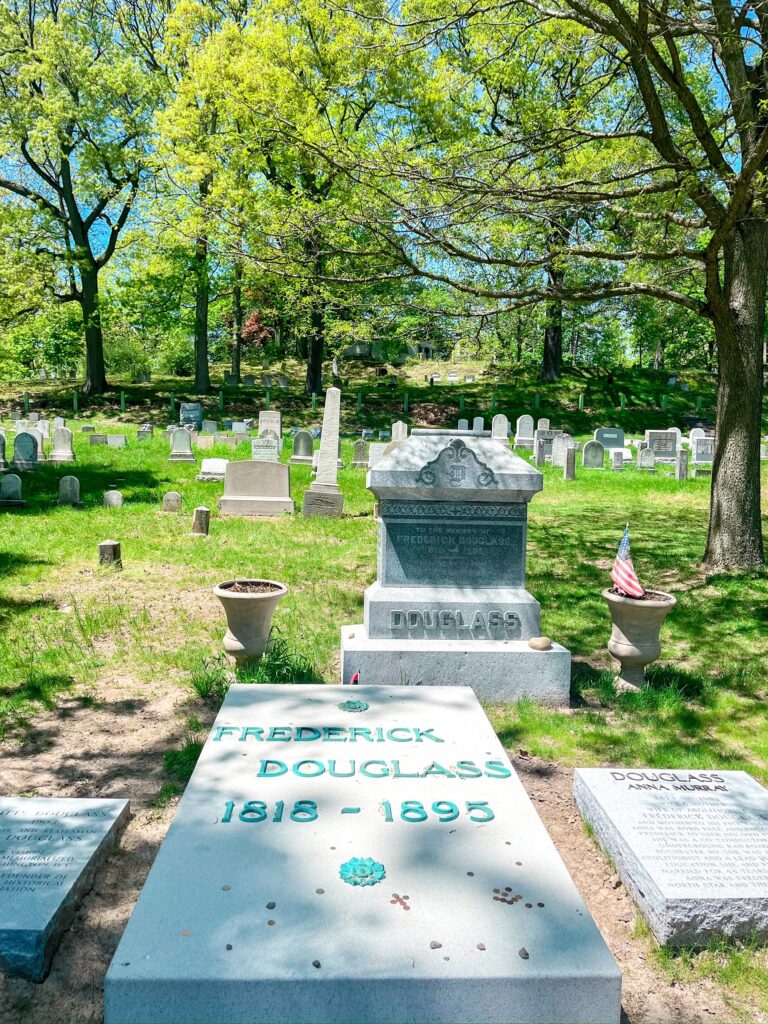
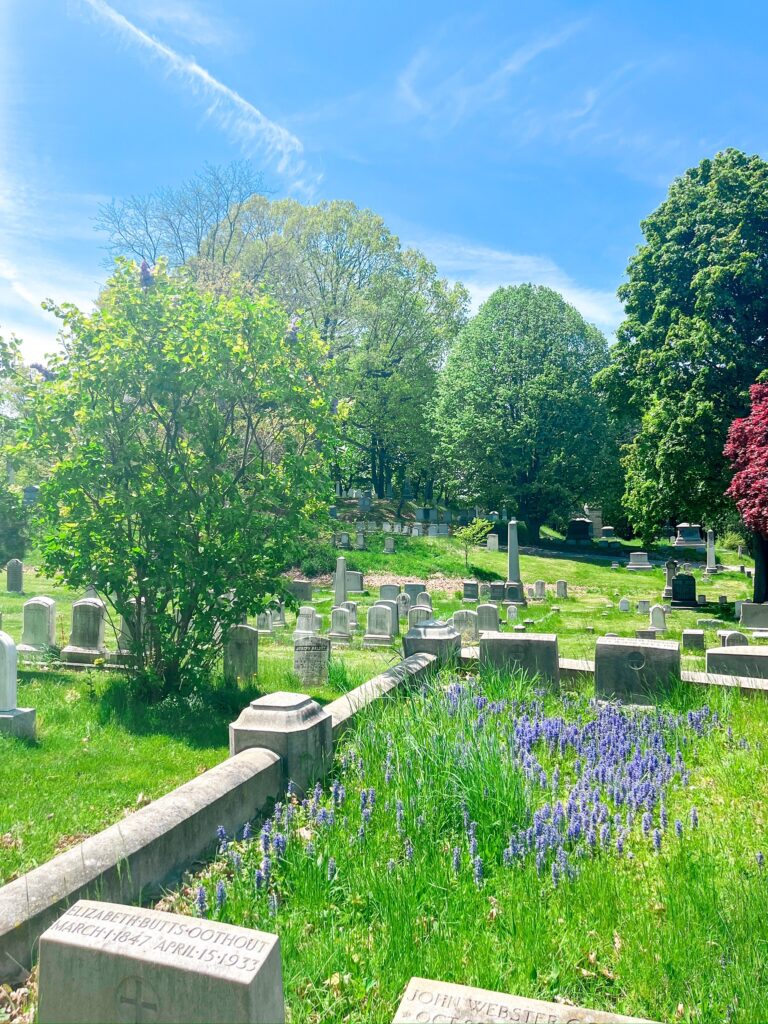
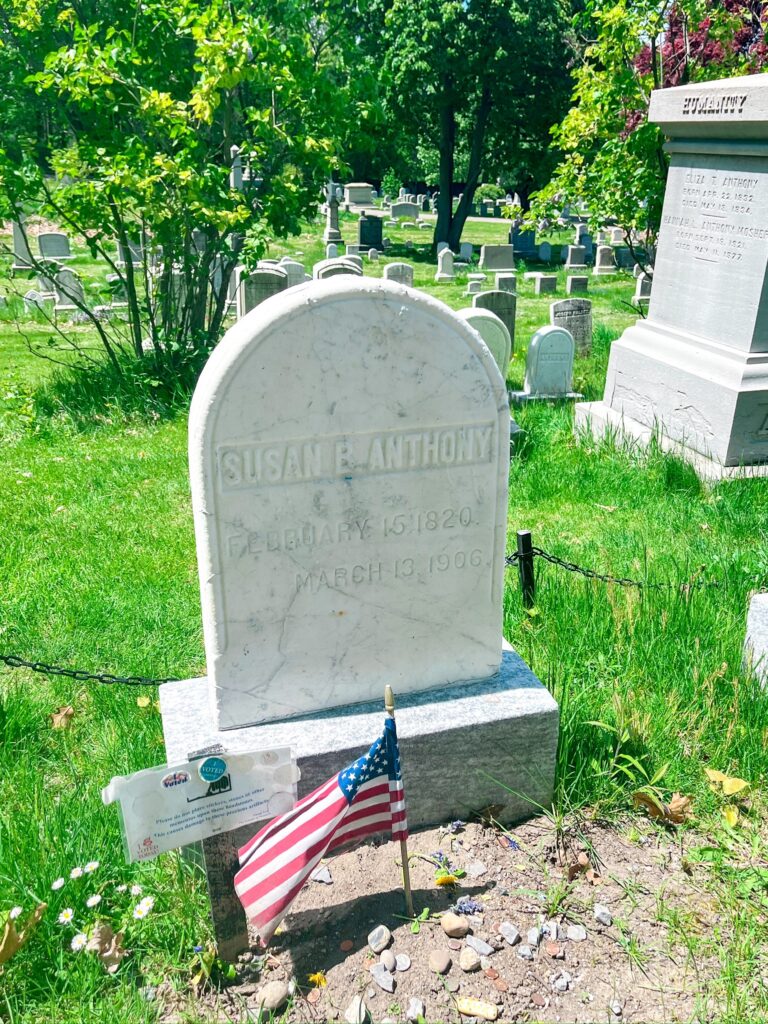
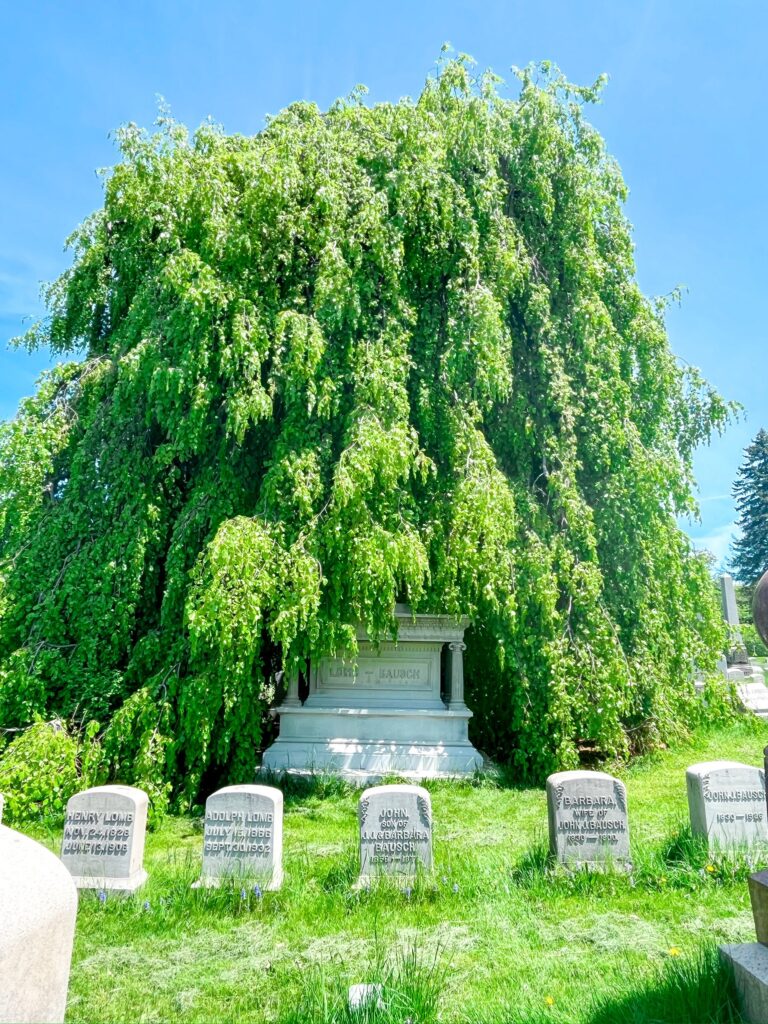
After visiting Highland Park, head to Mt. Hope Cemetery, which is just a five minute drive away. Mt. Hope Cemetery dates back to 1838. It is America’s first municipal Victorian cemetery and features many beautiful headstones and other memorials from that time period. The cemetery is the final resting place of many notable people. One of these noted individuals is former slave, abolitionist, writer and speaker Frederick Douglass, who lived in Rochester from 1847-1872 and is known as “Rochester’s Son.” The cemetery is also the final resting place of women’s rights activist Susan B. Anthony and John Jacob Bausch and Henry Lomb, who founded the optical company Bausch & Lomb.
Admission to the cemetery is free and it is open to the public. If you have time, consider taking one of the tours offered by the Cemetery, which go into more detail about the local history and famous individuals buried there.
Tour Susan B. Anthony’s Home
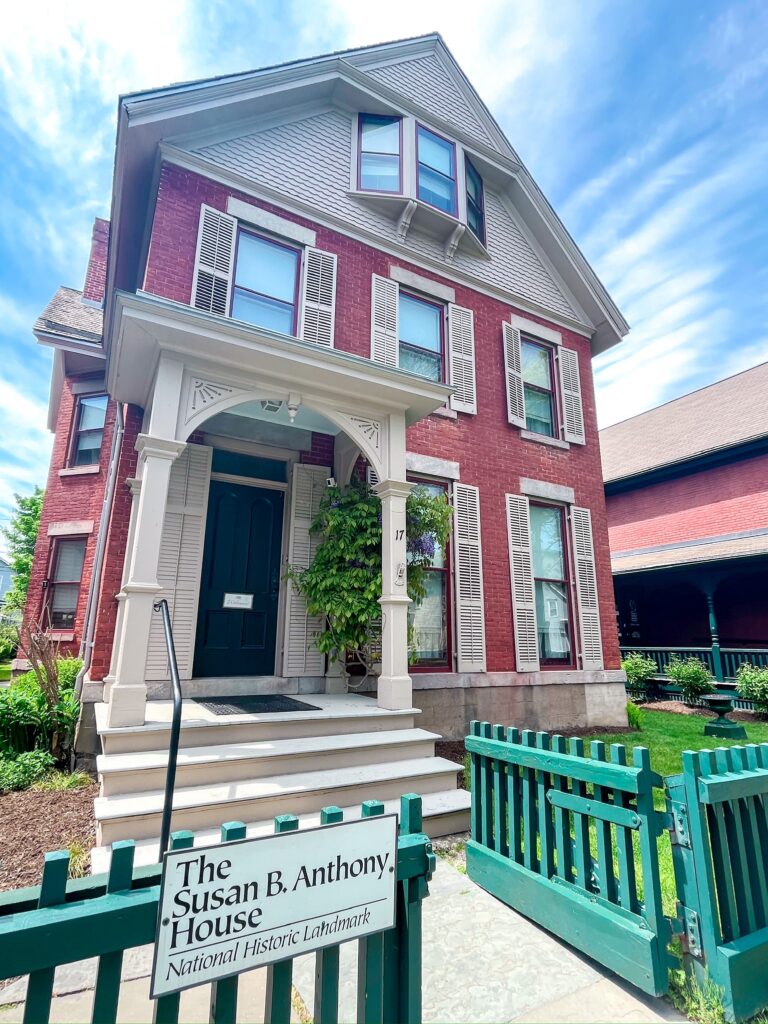
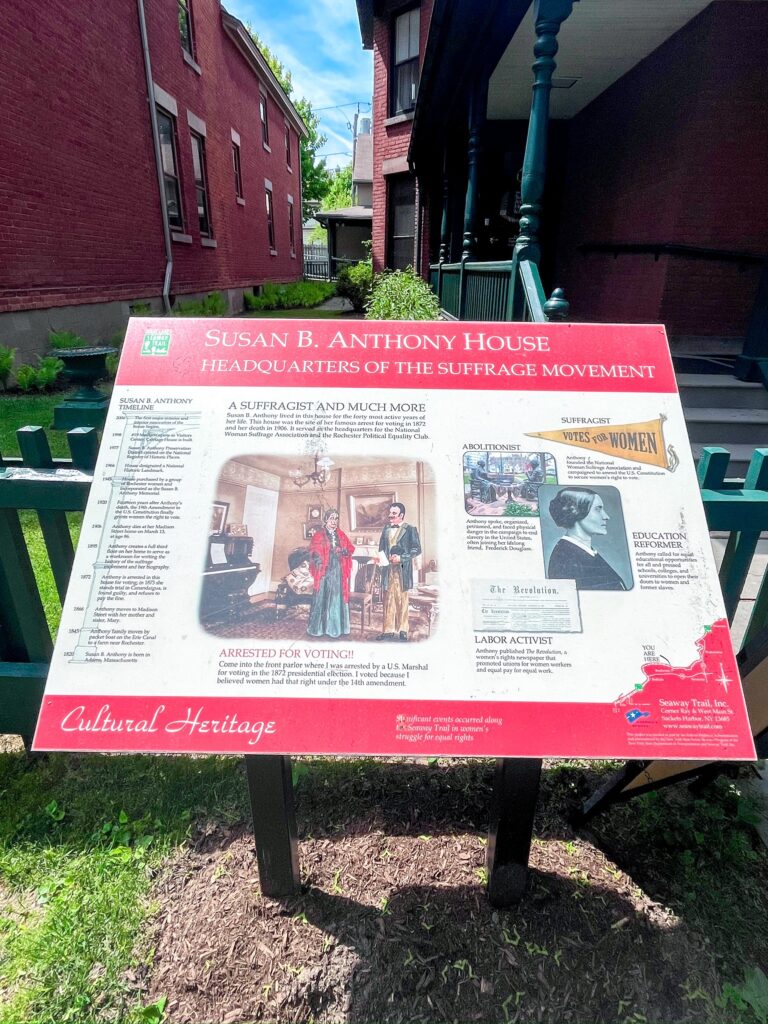
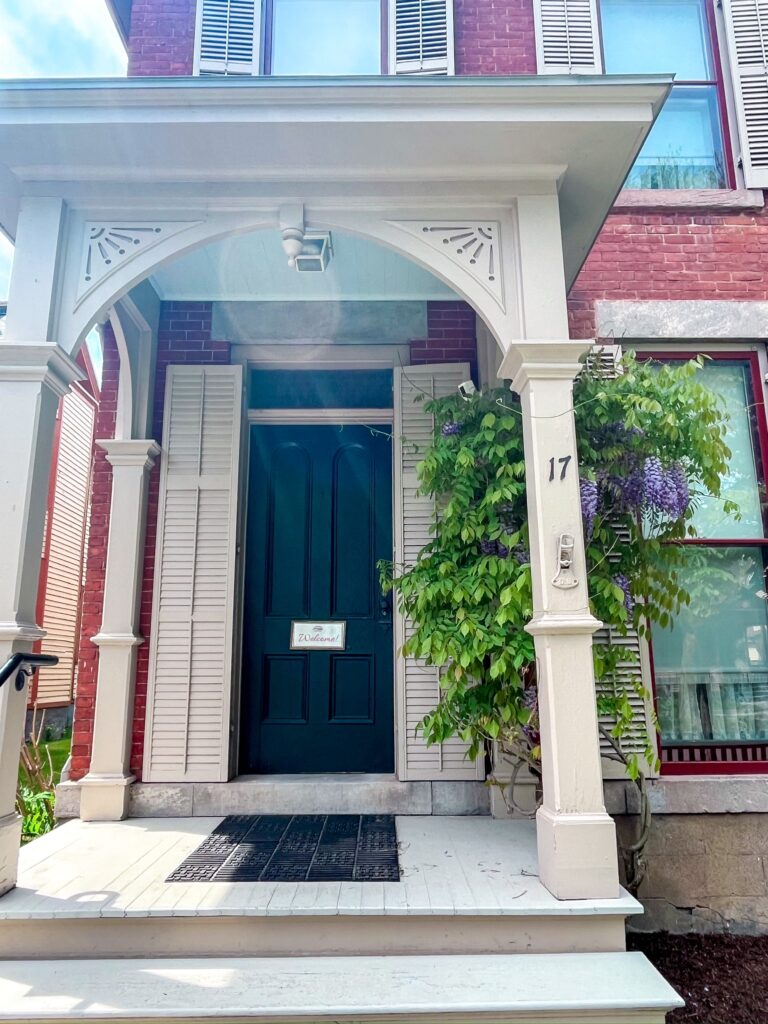
Susan B. Anthony was a women’s rights activist and one of the pioneers of the women’s suffrage movement. She traveled the country to give speeches and petition for women’s suffrage, the abolition of slavery, equal educational opportunities for women, and equal pay and work for women. In 1872, Susan B. Anthony was arrested for voiting in the presidential election. At that time, state laws only allowed males to vote, but Anthony argued she had the right to vote under the 14th Amendment. She later faced a criminal trial and was given a $100 fine, which she refused to pay and was never enforced. Anthony went on to be one of the founding members of the National American Woman Suffrage Association. This organization played a key role in the passing of the 19th Amendment, which did eventually give women the right to vote. If you visit her grave at Mt. Hope Cemetery, you will see that it is local tradition to leave “I Voted” stickers near her grave in honor of her important role in securing voting rights for women.
The National Susan B. Anthony House & Museum was Anthony’s home from 1866 until her death in 1906. Her home served as a headquarters for suffrage meetings and was the site of her arrest in 1872. Today, public tours of her home are available. There is also a visitor’s center/museum where you can learn more about her incredible life.
Interested in more NY travel ideas? Check out more NY travel here.
See more travel tips and guides for US travel destinations here.
